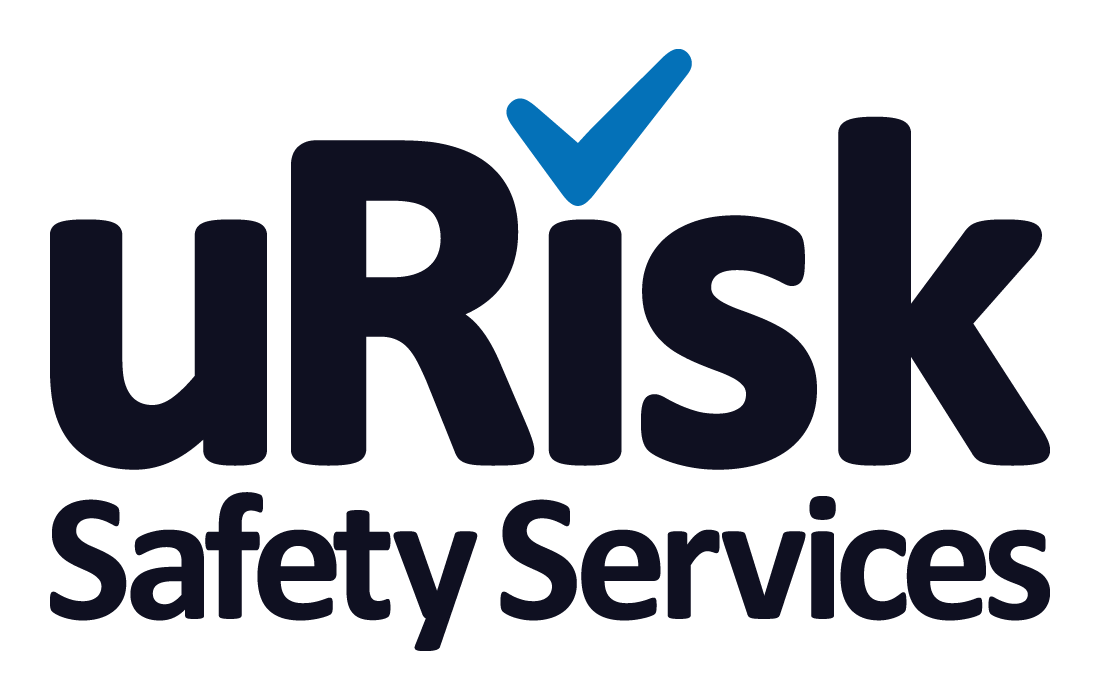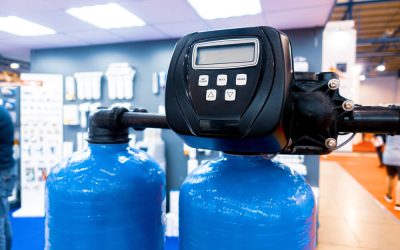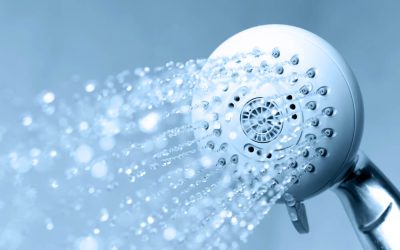No Results Found
The page you requested could not be found. Try refining your search, or use the navigation above to locate the post.
Risks after shutting your office for Christmas
We’ve finally made it to 2021. And we’re all hoping that this year will be a huge improvement on the last! But even though there’s light at the end of the tunnel when it comes to COVID-19 in the form of vaccination, we mustn’t allow ourselves to become complacent about the other health and safety issues that affect businesses, especially the risks after shutting your office for Christmas.
A building closure for any length of time has risks associated with it – from undetected burst pipes, break-ins and vandalism, as well as invisible issues like the legionella bacteria. So when you return to the office after a long break, such as Christmas, or lockdown, in addition to all the usual checks such as looking for leaks, making sure the heating still works etc, it may be a good idea to give yourself peace of mind by arranging for legionella testing.
Why worry about legionella in the bleak midwinter?
These days, the only time it snows at Christmas in England is in fiction. The south of the UK especially is typically mild over the holiday period. And while the legionella bacteria thrive between temperatures of 20°C to 45°C which doesn’t seem like something to worry about, the degree of heat indoors may be a different story. If you’re conscious about energy efficiency, your premises may be insulated and you’ve probably lagged your water pipes. But it could well be that a pipe is warmed by winter sun streaming through a window, or the heating or water has been left on. Combine the potential for pockets of water to be at a temperature that allows the bacteria to thrive with a couple of weeks of inactivity – possibly longer if you closed early because of the lockdown – then you can see that there may be a problem.
Why do we need to worry about legionella?
The legionella bacteria is the source of Legionnaires’ disease, a potentially fatal form of pneumonia. It is distributed through water and inhaled through airborne water droplets from air conditioning units, showers and even in the garden via hose pipes and compost. People with weakened immune systems are particularly vulnerable, which is why healthcare premises and care homes can be so badly affected.
Legionnaires’ and COVID-19
The symptoms of Legionnaires’ disease and COVID-19 are similar and the British Safety Council has reported that what has previously been thought of as secondary pneumonia as a result of COVID-19 is, in fact, Legionnaires’.
Unsure about what to do?
The control of legionella bacteria is an essential part of building management. If you are unsure whether or not your current procedures are sufficient, our free legionella compliance audit will help. We also offer legionella awareness training for duty holders and responsible persons to help them understand what their responsibilities are and how they can carry them out.
Legionella and Water Hygiene Blog Posts
Comprehensive Water Softener Training Course for Professionals
Water softeners are essential for all many different businesses based in hard water areas. This means water softener training is essential for duty holders, responsible persons and facilities managers with responsibility for looking after cold water systems. ...
Where To Get A Legionella Assessment
Legionella risk assessments are an important part of your company’s health and safety policy. Under health and safety law, it is a requirement to identify, assess and manage the risks from all dangers that may arise from work activities, which includes the legionella...
Legionella Checks for Landlords
If you are a commercial or residential landlord, then legionella checks are a necessary part of your legal health and safety responsibilities. Why do you have to worry about legionella bacteria? Legionella bacteria can be dangerous because they are the cause...



